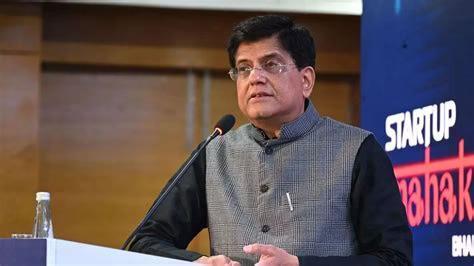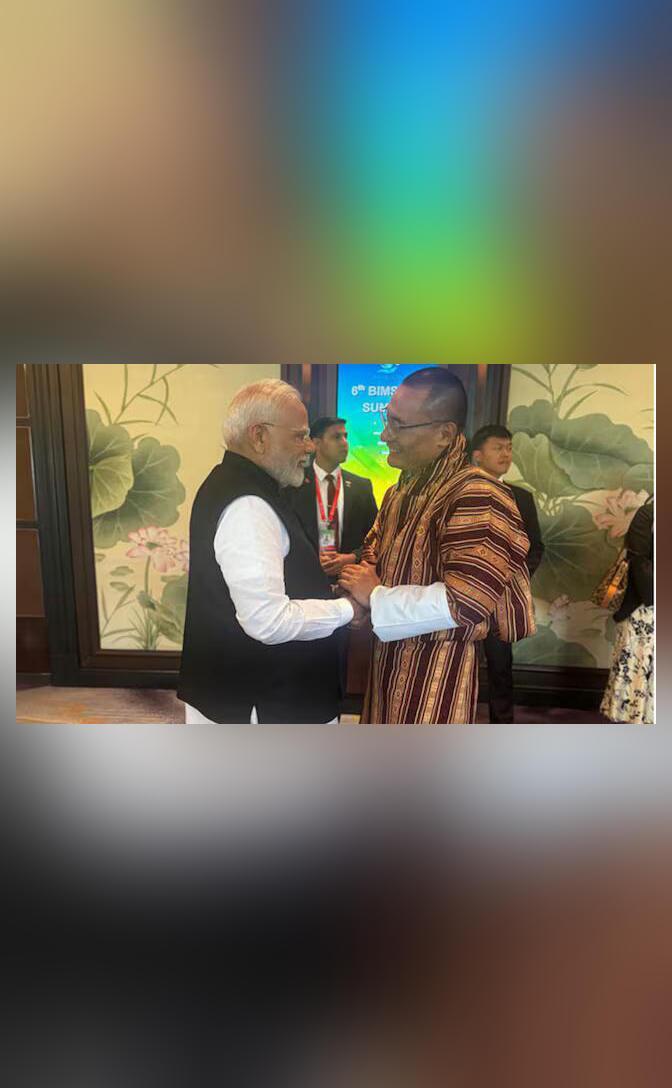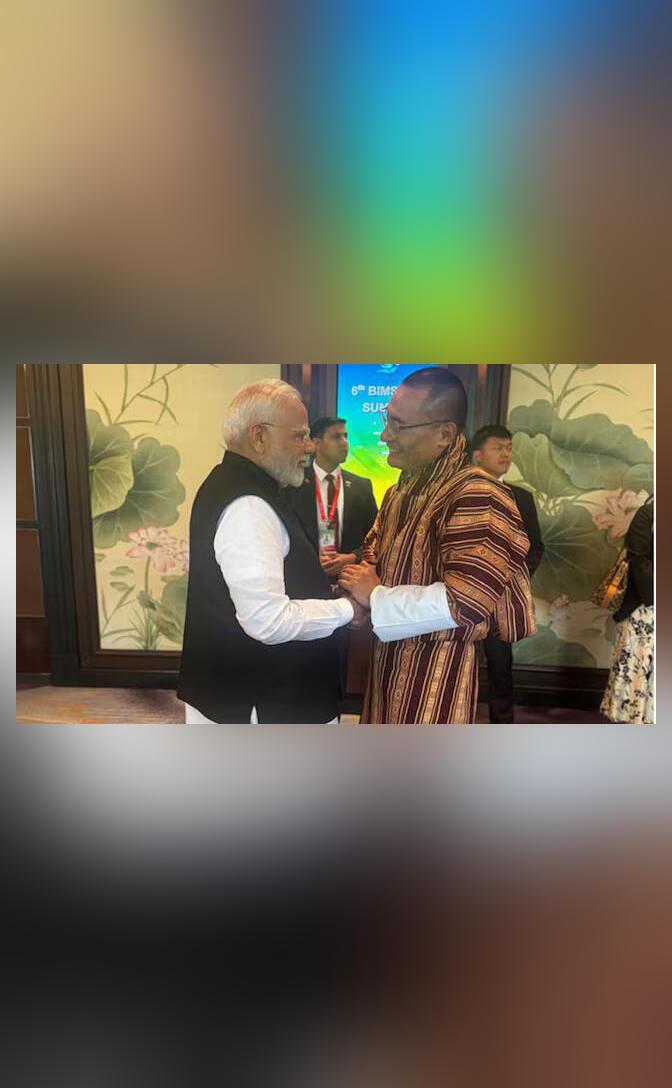
Indian Brands Go Global: Competing on Design & Quality
In recent years, Indian brands have made significant strides in establishing themselves as global players, competing on the basis of design, quality, and innovation. Gone are the days when Indian businesses focused solely on attracting foreign brands to our shores. Today, Indian companies are proudly exporting their own brands, backed by strong manufacturing capabilities and strategic marketing initiatives.
As perceptions about Indian brands have shifted, businesses are building brand equity abroad, establishing themselves as serious contenders in various industries, from consumer goods to technology. This shift is not only a testament to India’s growing economic prowess but also a reflection of the country’s evolving entrepreneurial landscape.
One of the key drivers of this success story is the increasing focus on design and quality. Indian brands have recognized the importance of creating products that not only meet but exceed global standards. This emphasis on quality has enabled them to break into new markets, where consumers are willing to pay a premium for well-designed, high-quality products.
Take the example of Fabindia, a popular Indian fashion brand that has successfully expanded globally. Fabindia’s focus on sustainable and eco-friendly practices, combined with its attention to detail and commitment to quality, has enabled it to establish a strong presence in markets such as the United States, Europe, and the Middle East.
Another notable example is Godrej & Boyce, a 125-year-old Indian conglomerate that has expanded its presence globally through its various subsidiaries. Godrej’s focus on innovation, quality, and design has enabled its brands, such as Godrej Appliances and Godrej Consumer Products, to gain traction in international markets.
The success of Indian brands can also be attributed to their ability to adapt quickly to changing market trends and consumer preferences. This adaptability has enabled them to stay ahead of the competition and respond to emerging opportunities.
Dheeraj Sinha, CEO of FCB India, recently highlighted the importance of adaptability in his interview with The Core. “Indian brands are winning on design, quality, and competitiveness globally because they are able to adapt quickly to changing market trends and consumer preferences,” he said. “They are not just trying to replicate Western models but are creating their own unique identity and brand voice.”
The role of digital marketing cannot be overstated in the success of Indian brands’ global expansion. The rise of social media and e-commerce has enabled Indian brands to reach a global audience with ease, allowing them to build brand awareness and establish a strong online presence.
HDFC Life, a leading Indian insurance company, has successfully leveraged digital marketing to expand its presence globally. Through its targeted online campaigns, HDFC Life has been able to reach a wider audience, increasing brand visibility and driving sales.
In addition to design, quality, and adaptability, another key factor contributing to the success of Indian brands is their ability to build strong partnerships and collaborations. By partnering with international companies, Indian brands are able to leverage each other’s strengths, expanding their reach and capabilities.
For instance, Indian IT giant Wipro has partnered with global tech giant IBM to deliver cutting-edge solutions to clients worldwide. This partnership has enabled Wipro to tap into IBM’s vast resources and expertise, while IBM has benefited from Wipro’s understanding of the Indian market.
The Indian government has also played a crucial role in supporting the growth of Indian brands globally. Initiatives such as Make in India, Start-up India, and Digital India have created a conducive environment for businesses to thrive, providing them with the necessary resources and infrastructure to expand globally.
In conclusion, Indian brands’ success in competing globally on the basis of design, quality, and innovation is a testament to the country’s evolving entrepreneurial landscape. As perceptions about Indian brands continue to shift, businesses are building brand equity abroad, establishing themselves as serious contenders in various industries.
The key takeaways from this success story are the importance of design and quality, adaptability, digital marketing, and partnerships. By focusing on these key areas, Indian brands can continue to expand their global footprint, establishing themselves as major players in the global market.






